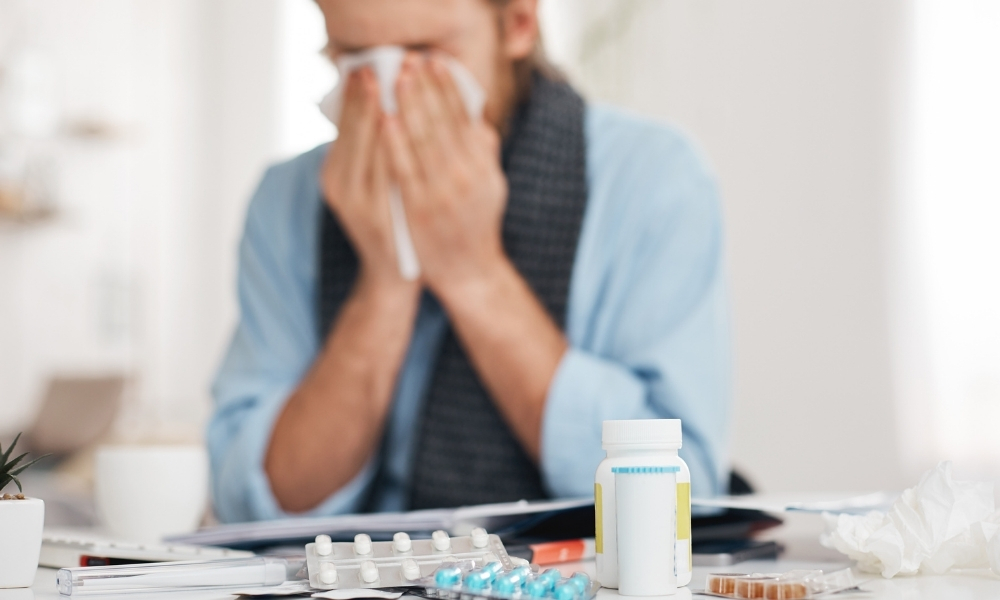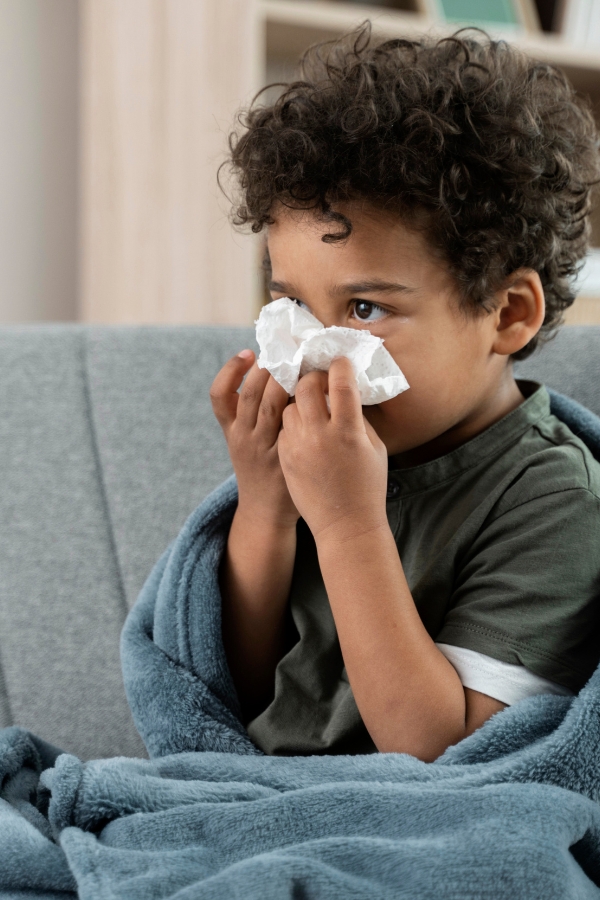Answers, Advice & Support for
Allergy Sufferers
postive reviews
0
%
from my setisfy client
questions and answers
0
K
find answer to your questions
award winning
0
+
most award wining

Our Clinic
Trusted Information for Allergy Relief
Understand Your Symptoms, Treatment Options, and Daily Management
Whether you're newly diagnosed or managing long-term allergies, having clear, reliable information makes all the difference. Our team is committed to guiding you through every step — from understanding your triggers to feeling more confident in your treatment decisions. Below you'll find answers to common questions and helpful tips to make everyday life easier.
FAQs Section
Allergies occur when your immune system overreacts to a harmless substance such as pollen, dust, certain foods, or pet dander. These substances are called allergens.
If you experience recurring symptoms like sneezing, skin rashes, breathing issues, or digestive discomfort, allergy testing can help identify the exact triggers.
Yes, we offer safe, age-appropriate testing and treatment plans for children. Our pediatric protocols are gentle and designed for long-term comfort.
While allergies can’t usually be cured, they can be effectively managed with proper diagnosis, treatment, and ongoing care. Some patients benefit greatly from immunotherapy.
Allergy Management Tips Section
Simple Tips for Managing Allergies at Home
Practical steps that can help reduce symptoms and improve your quality of life
- Use Air Purifiers: Helps reduce airborne allergens like pollen, dust, and pet dander indoors.
- Avoid Known Triggers: Be mindful of food labels, seasonal pollen counts, and irritants like smoke or strong fragrances.
- Carry Emergency Medications: If prescribed, always keep antihistamines or an epinephrine auto-injector (EpiPen) with you.
- Wash Bedding Frequently: Hot water washes help eliminate dust mites and allergens trapped in fabric.
- Shower After Outdoor Exposure: Especially during high-pollen seasons, rinse allergens from skin and hair after coming inside.
- Stay Informed: Use weather or allergy apps to track local pollen levels and avoid outdoor exposure during peak hours.


